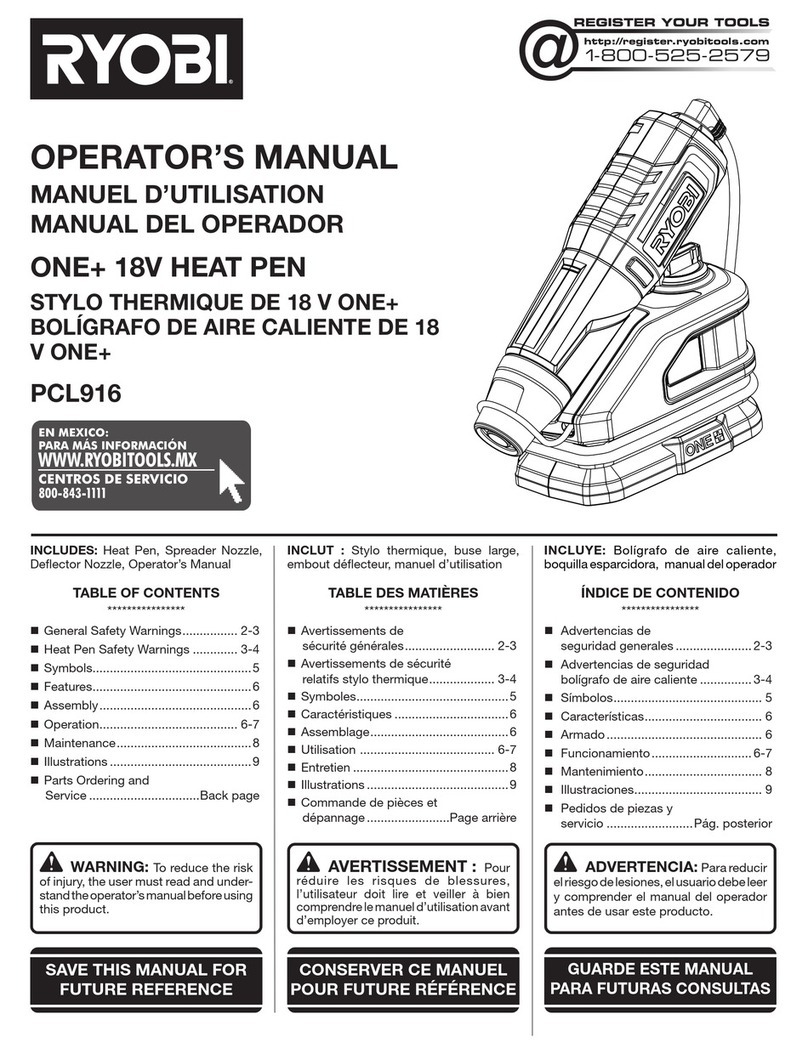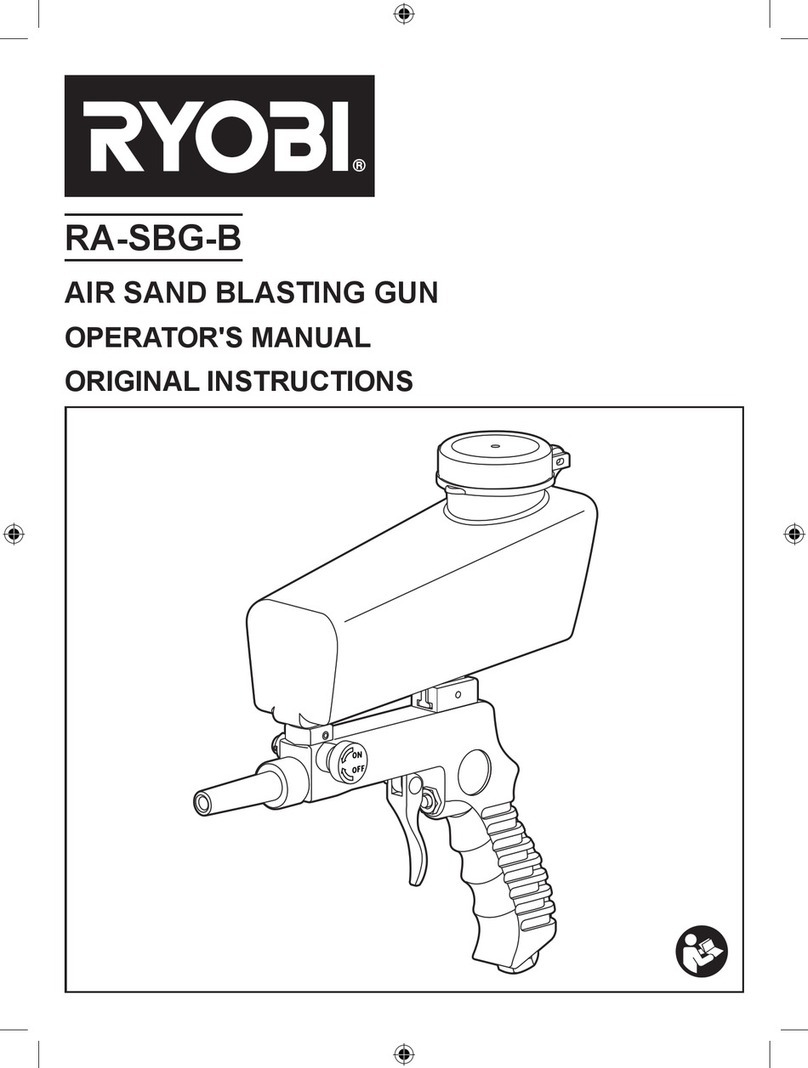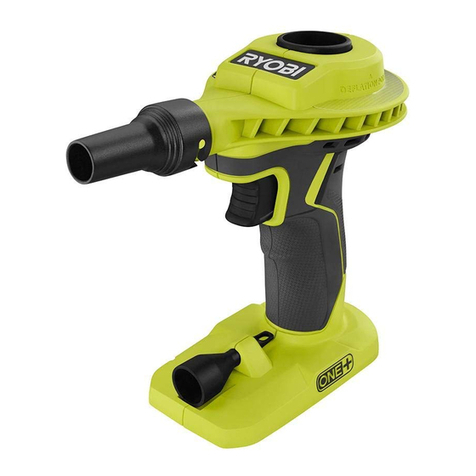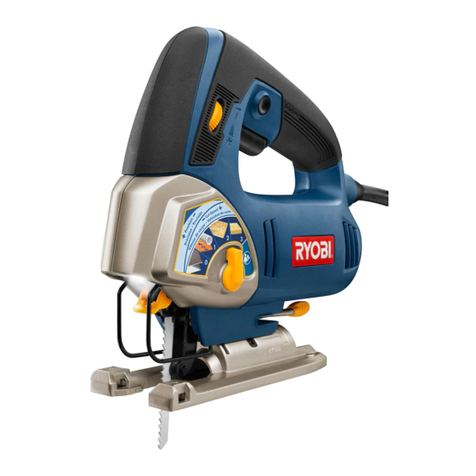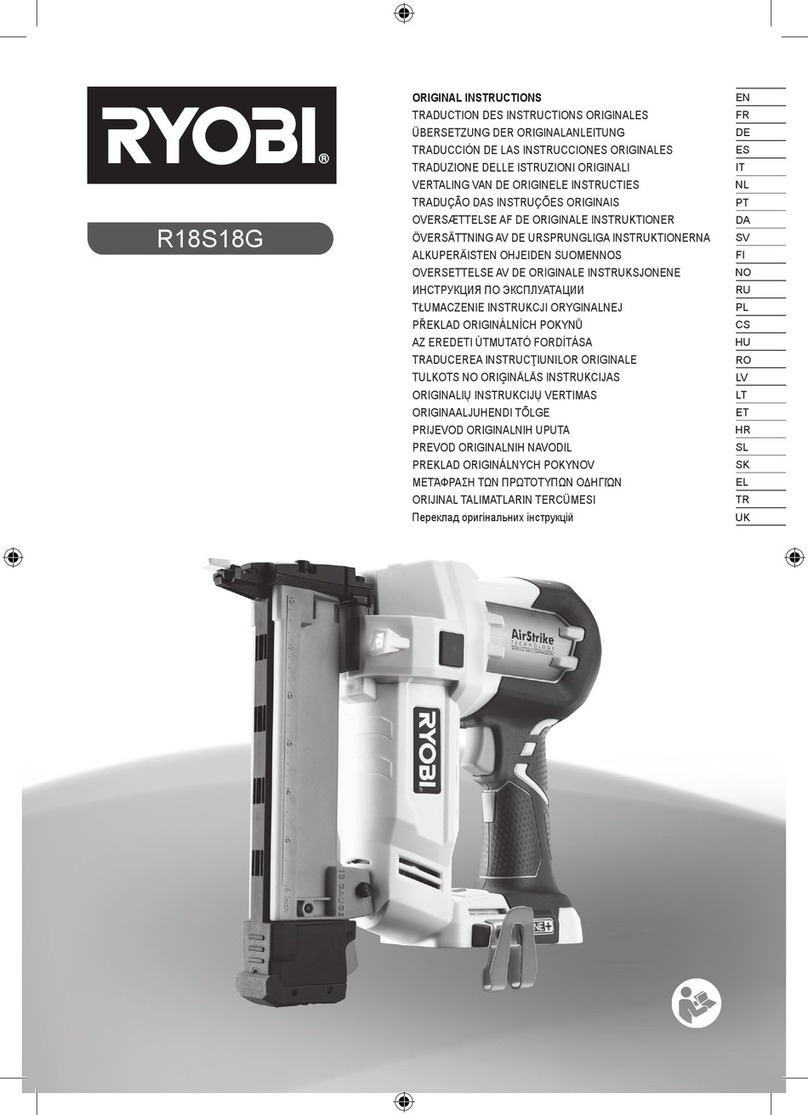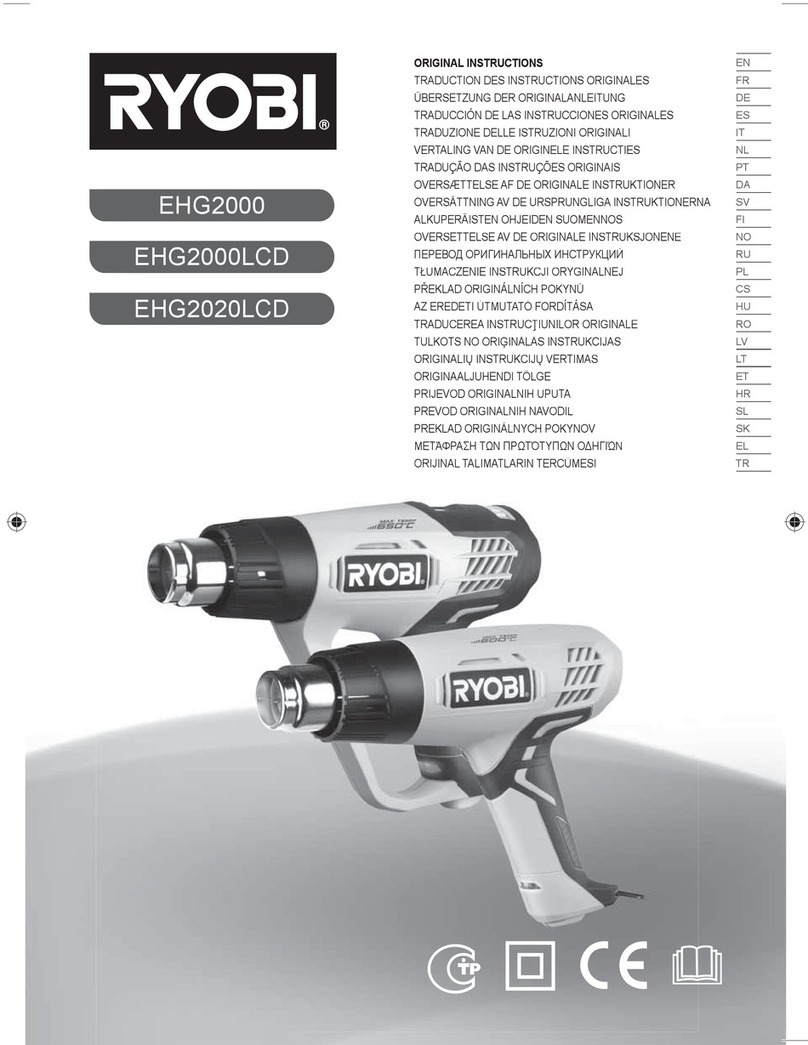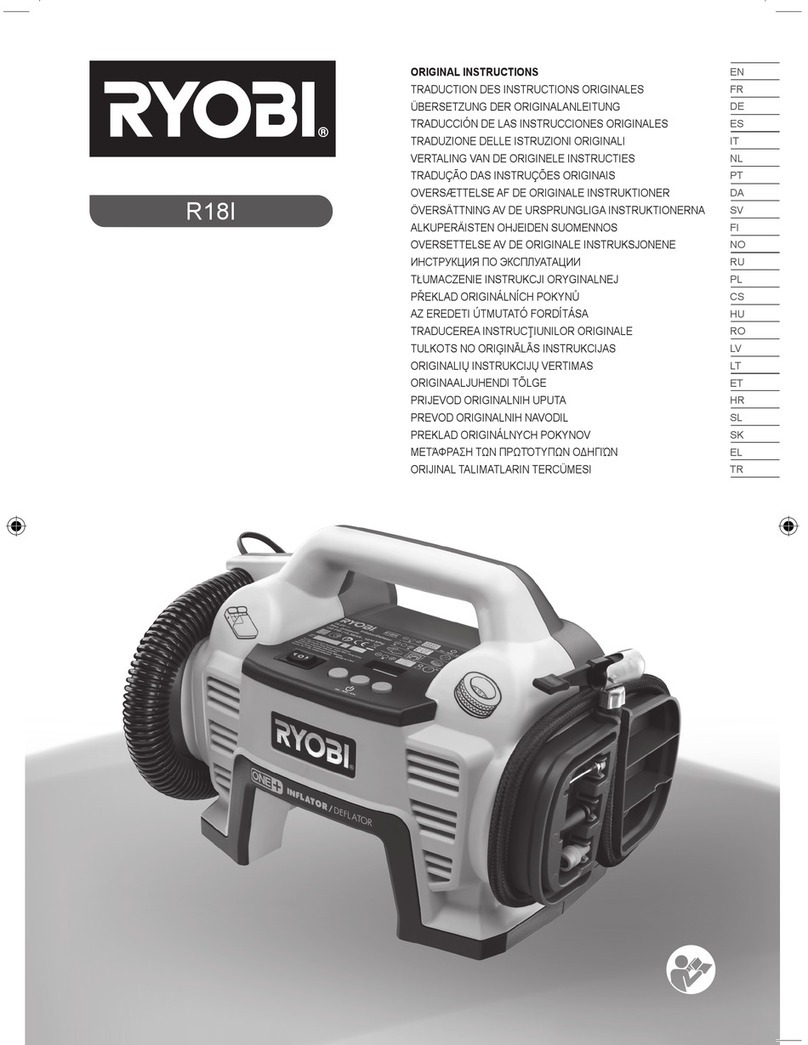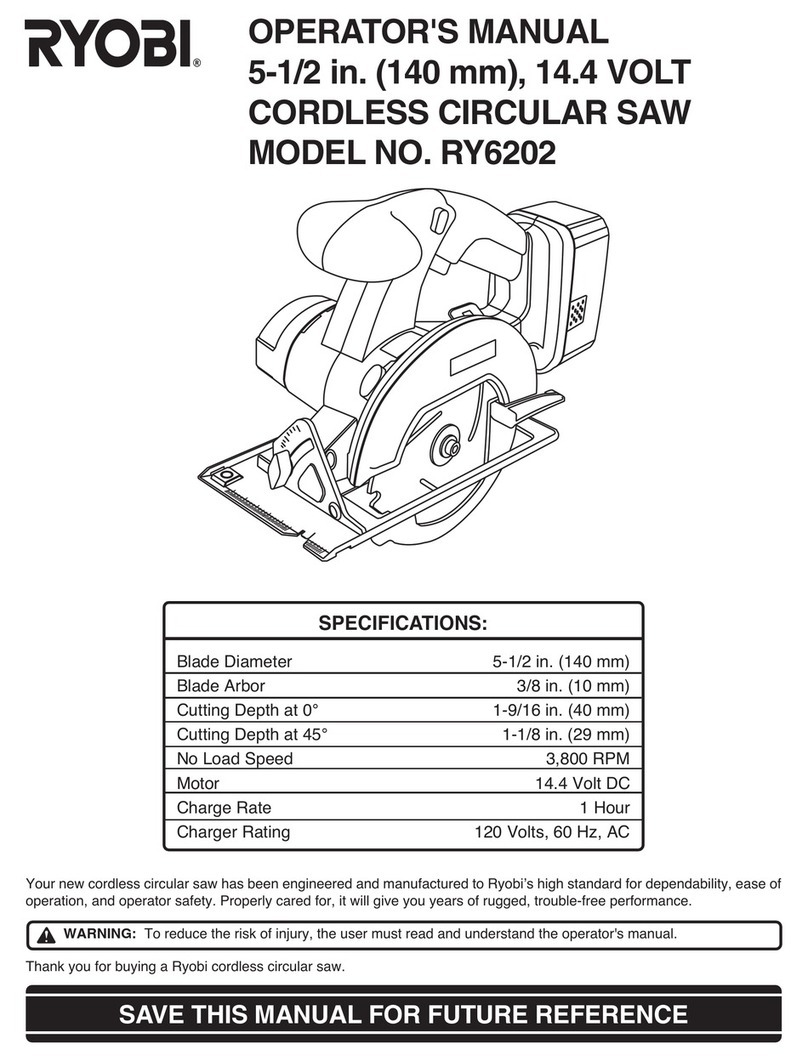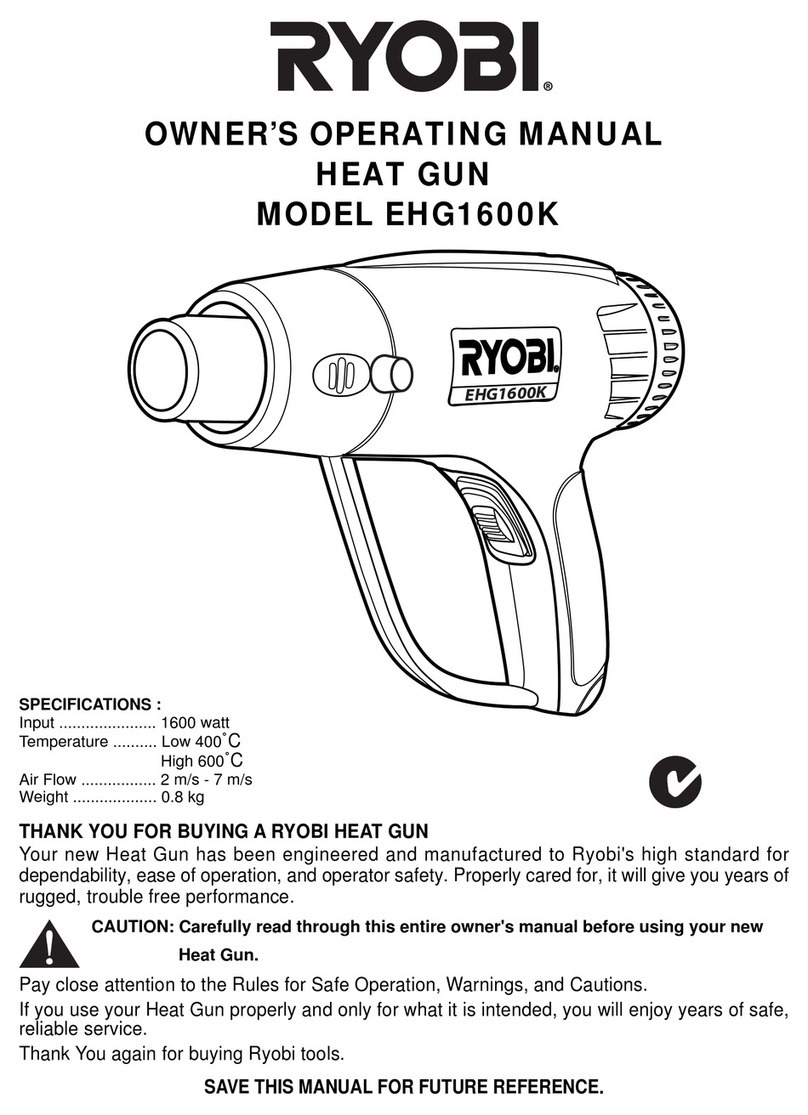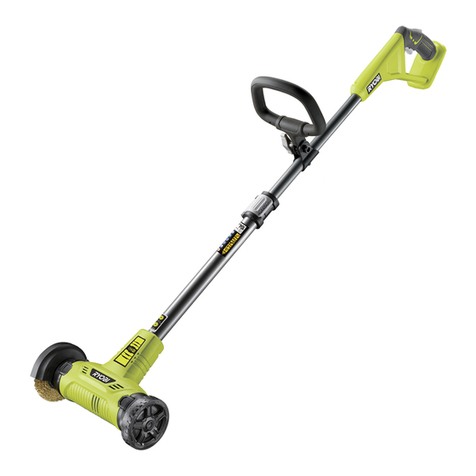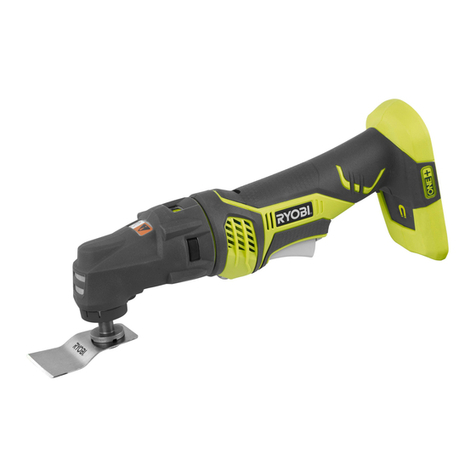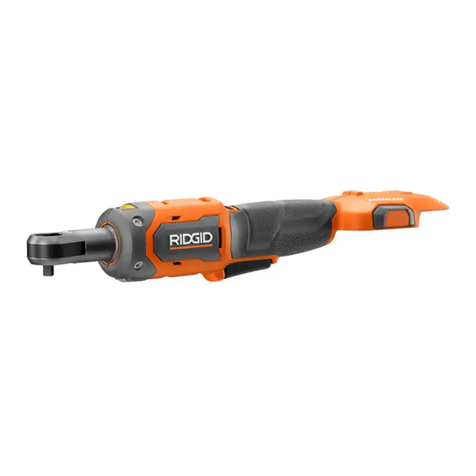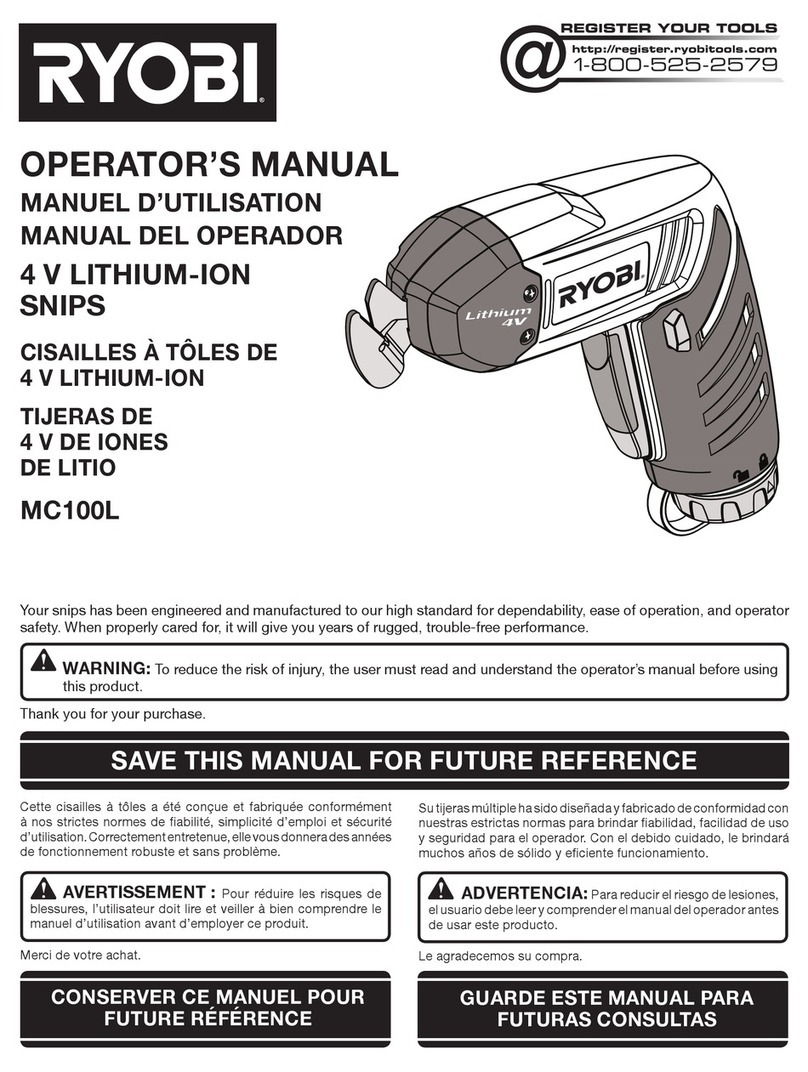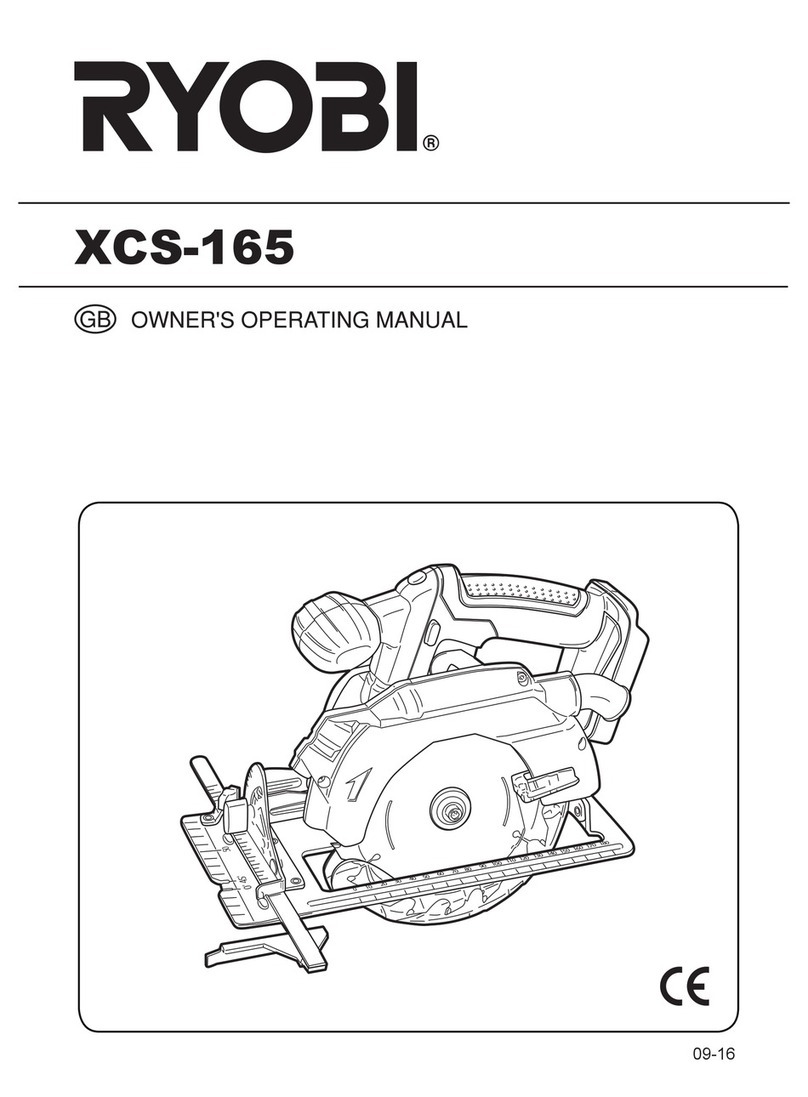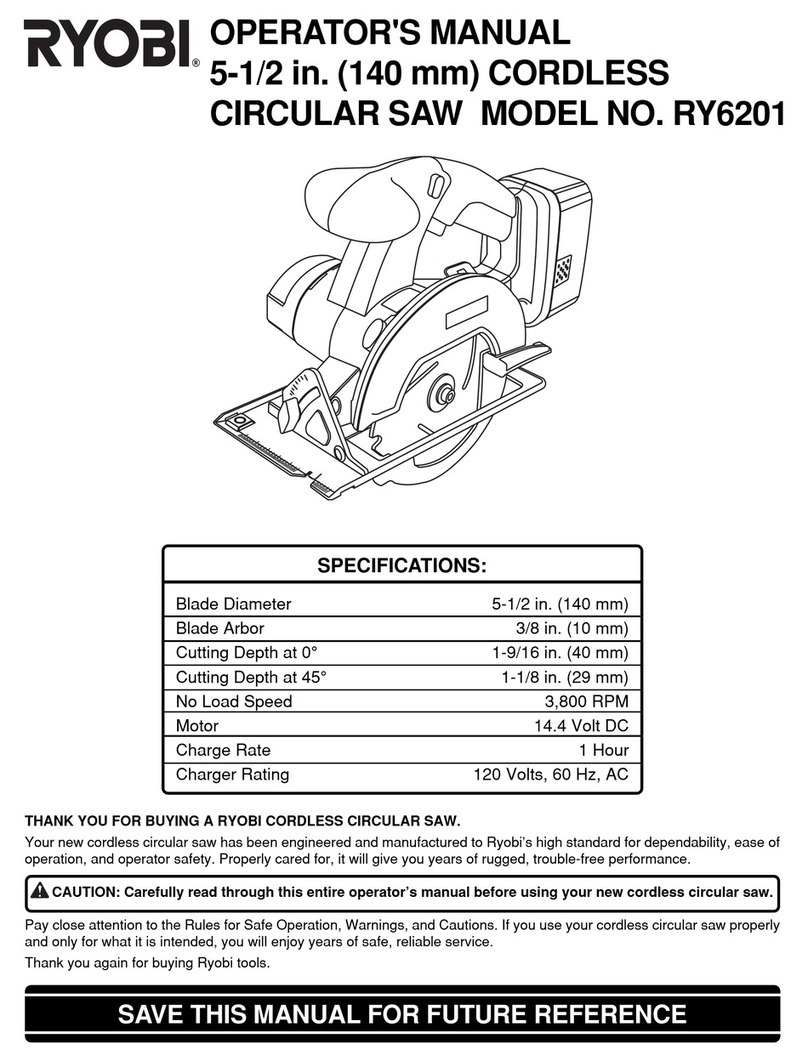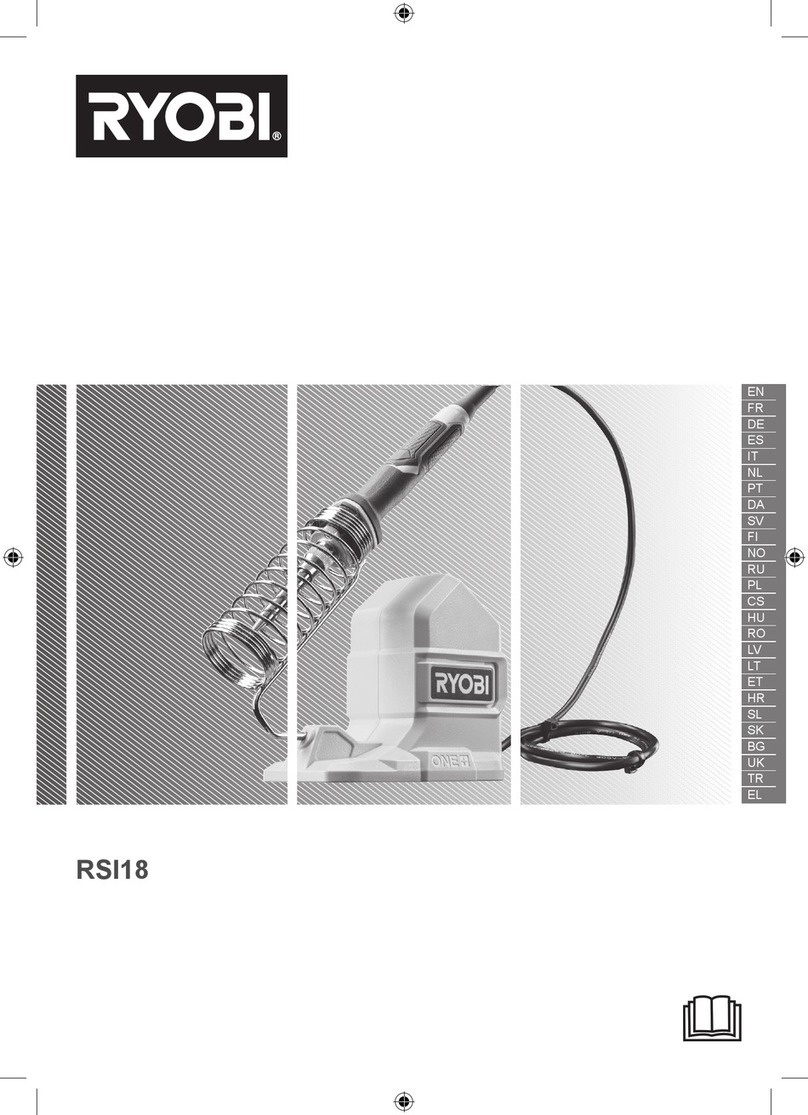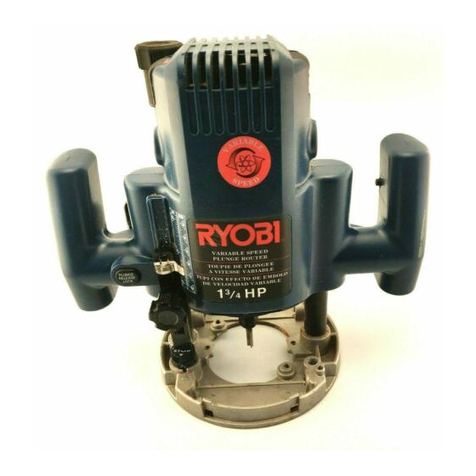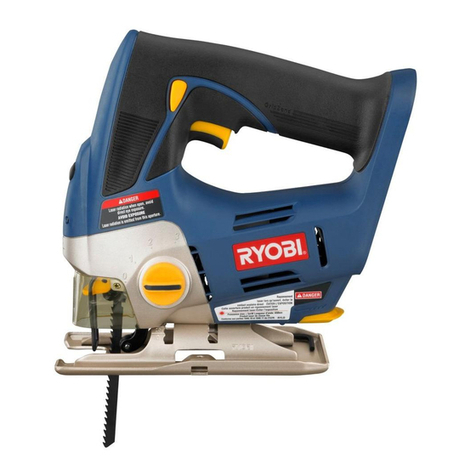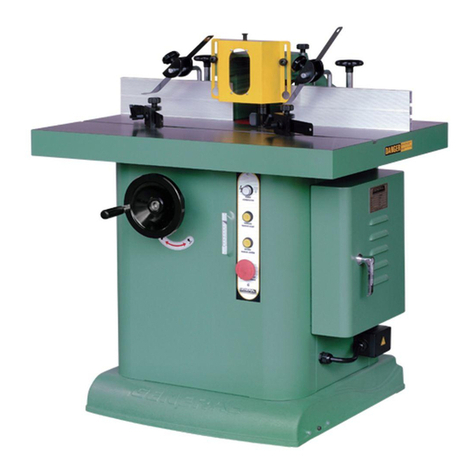
7
English
maintained cutting tools with sharp cutting edges are
less likely to bind and are easier to control.
Use the power tool, accessories and tool bits etc. in
accordance with these instructions, taking into account
the working conditions and the work to be performed.
Use of the power tool for operations different from
those intended could result in a hazardous situation.
BATTERY TOOL USE AND CARE
Recharge only with the charger specified by the
manufacturer. A charger that is suitable for one type of
battery pack may create a risk of fire when used with
another battery pack.
Use power tools only with specifically designated
battery packs. Use of any other battery packs may
create a risk of injury and fire.
When battery pack is not in use, keep it away from
other metal objects, like paper clips, coins, keys, nails,
screws or other small metal objects, that can make a
connection from one terminal to another. Shorting the
battery terminals together may cause burns or a fire.
Under abusive conditions, liquid may be ejected from
the battery; avoid contact. If contact accidentally
occurs, flush with water. If liquid contacts eyes,
additionally seek medical help. Liquid ejected from the
battery may cause irritation or burns.
SERVICE
Have your power tool serviced by a qualified repair
person using only identical replacement parts. This will
ensure that the safety of the power tool is maintained.
SPECIFIC SAFETY RULES
WARNING
The product is not intended for use by persons
(including children) with reduced physical, sensory
or mental capabilities, or lack of experience and
knowledge, unless they have been given supervision or
instruction concerning use of the product by a person
responsible for their safety.
Children should be supervised to ensure that they do
not play with the product.
Check hoses for weak or worn condition before each
use, making certain all connections are secure. Do not
use if defect is found. Purchase a new hose or notify
an authorized service center for examination or repair.
Release all pressures within the system slowly. Dust
and debris may be harmful.
Never point any inflator toward yourself or others.
Do not exceed the pressure rating of any component
in the system.
Protect material lines and air lines from damage or
puncture. Keep hose and power cord away from sharp
objects, chemical spills, oil, solvents, and wet floors.
Do not preset inflator to result in output pressure
greater than marked maximum pressure of item to be
inflated. Do not use at pressure greater than 150 PSI.
Inspect unit for cracks, pin holes, or other imperfections
that could cause inflator to become unsafe. Never cut
or drill holes in the inflator.
Make sure the hose is free of obstructions or snags.
Entangled or snarled hoses can cause loss of balance
or footing and may become damaged.
Use the inflator only for its intended use. Do not alter
or modify the unit from the original design or function.
Always be aware that misuse and improper handling
of this inflator can cause injury to yourself and others.
Do not continue to use inflator or hose that leaks air or
does not function properly.
Do not attempt to pull or carry the inflator by the hoses.
Always follow all safety rules recommended by the
manufacturer of your inflator, in addition to all safety
rules for the inflator. Following this rule will reduce the
risk of serious personal injury.
Do not use inflator as a breathing device.
Never direct a jet of compressed air toward people or
animals. Take care not to blow dust and dirt towards
yourself or others. Following this rule will reduce the
risk of serious injury.
Do not use this inflator to spray chemicals. Your lungs
can be damaged by inhaling toxic fumes.
Carefully monitor objects during inflation.
To reduce the risk of over inflation, use a reliable
pressure gauge periodically during inflation. The
pressure gauge on the inflator is for reference only and
is therefore not binding for exact values.
Never leave the inflator unattended during inflation.
Allow pump to cool for 10 minutes after each 10
minutes of continuous use. Never block the inflating or
deflating outlets while operating.
SPECIFICATIONS
Voltage 18 V
High pressure hose length 711 mm
Low pressure hose length 356 mm
Maximum pressure 150 PSI, 10.3 BAR, 1030 kPa
Weight 1.27 kg
